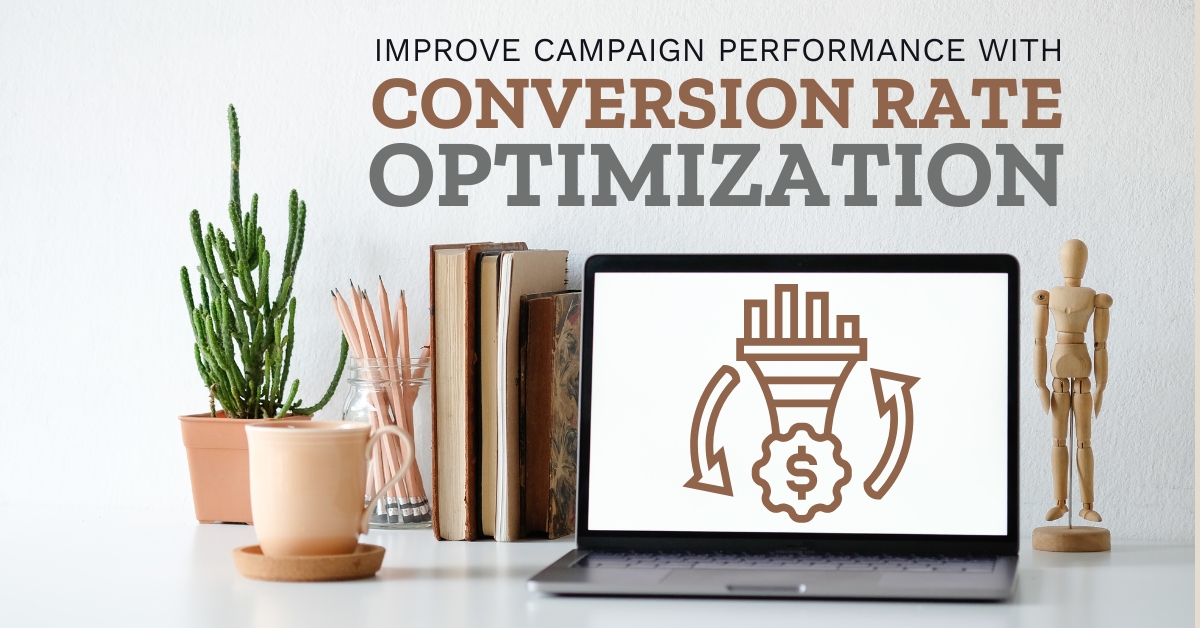
Improve Campaign Performance with Conversion Rate Optimization
Talk to any business owner about their marketing goals and you will likely hear the same thing: they all want to increase their sales.

Talk to any business owner about their marketing goals and you will likely hear the same thing: they all want to increase their sales.
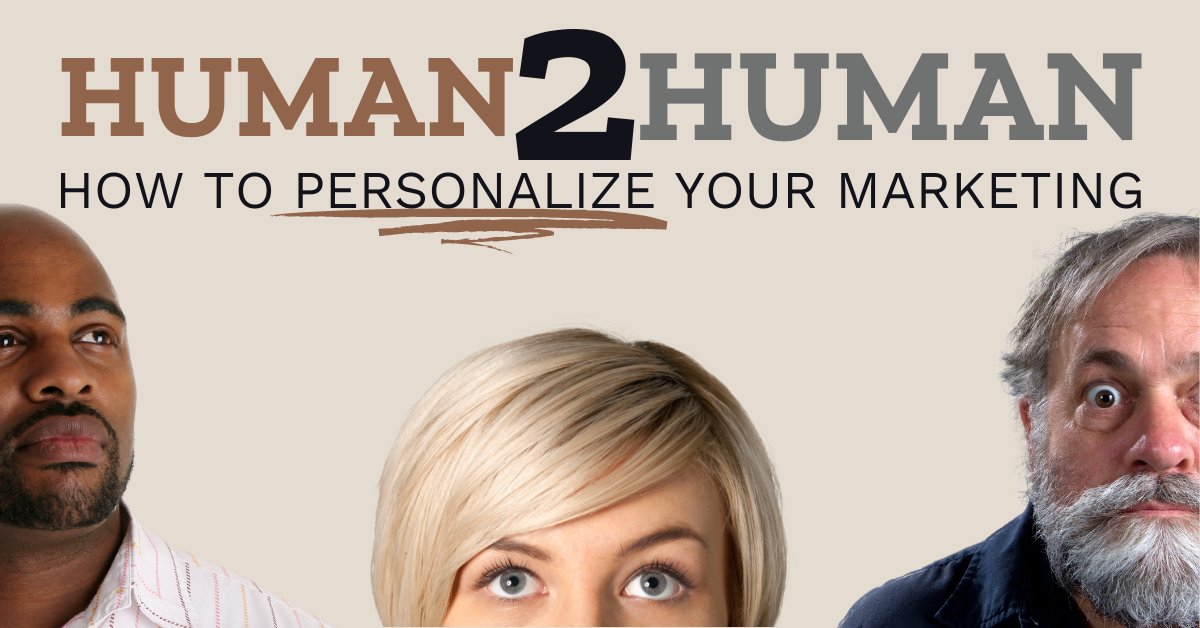
Consumers are getting personal! And they want businesses to treat them like people, too. Personalizing your marketing strategies will go a long way in
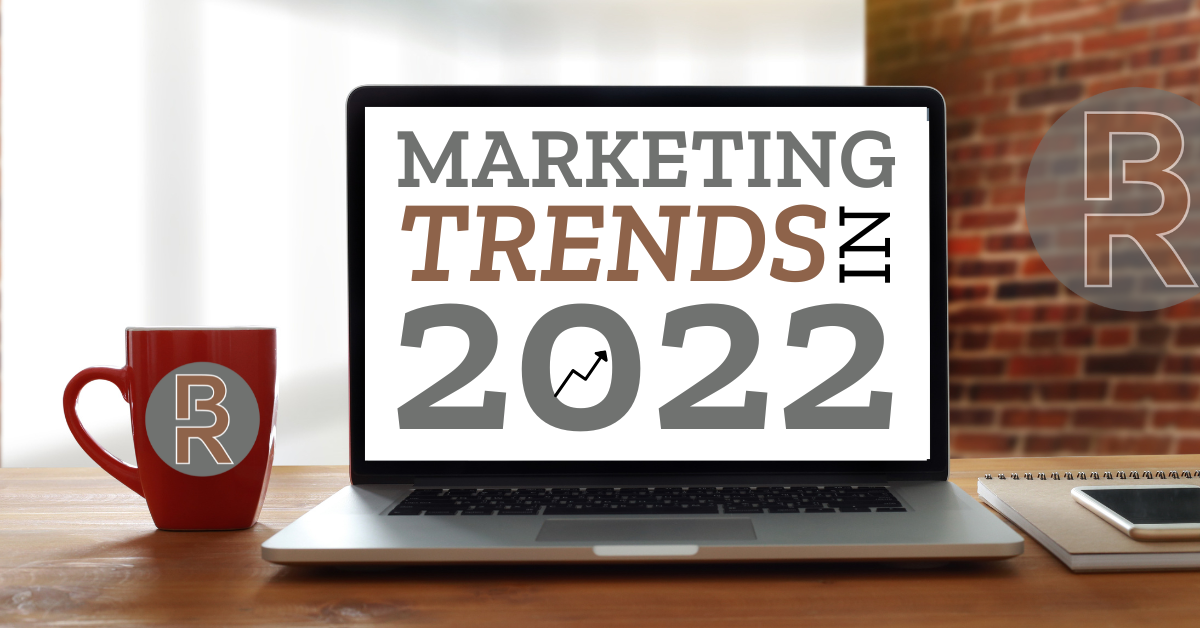
It’s that time of year again. The final three months of the year are marked with back-to-back-to-back holiday celebrations and most companies already have
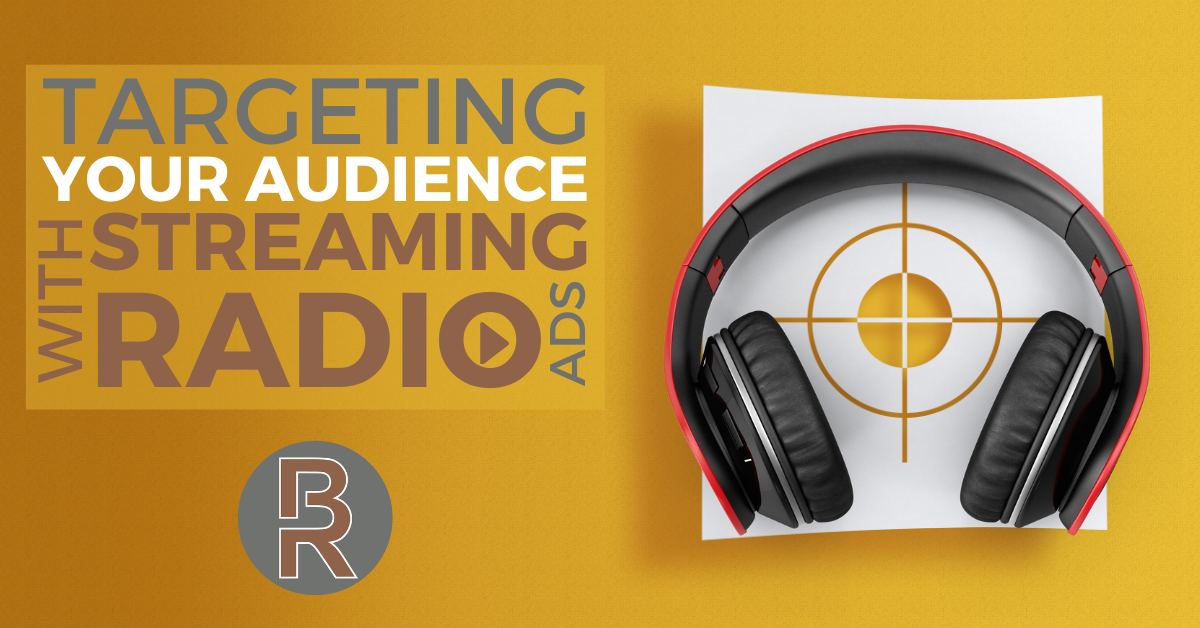
A growing trend in advertising is to tap into the thousands of people listening to online radio streams with Streaming Radio ads. Almost every traditional
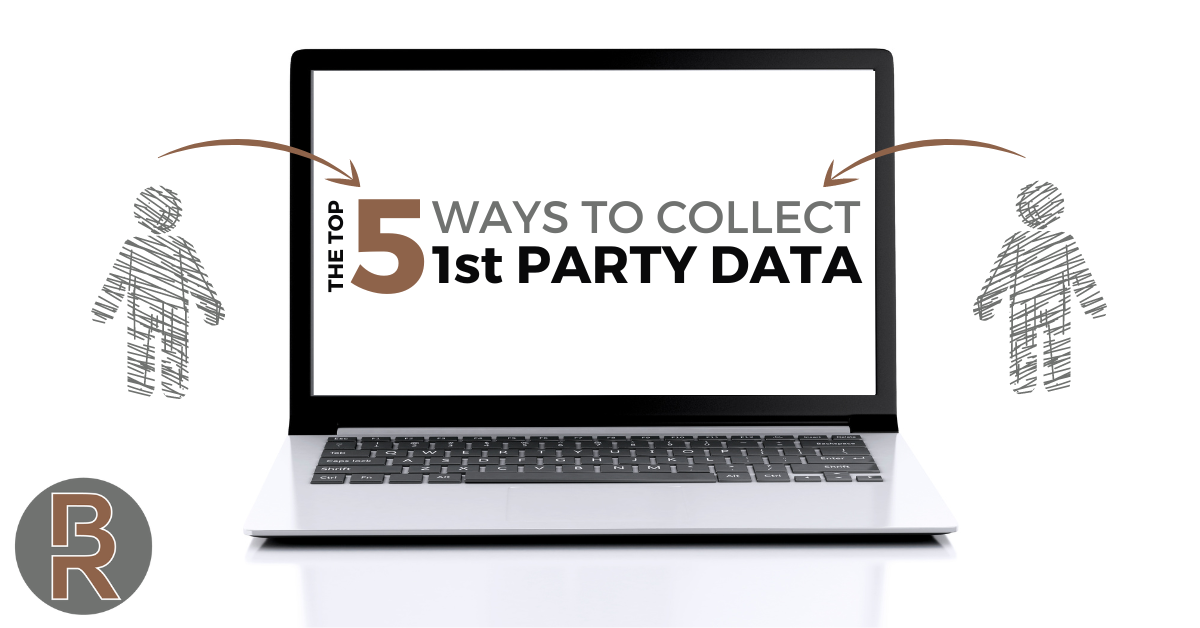
Collecting first-party data to help drive marketing campaigns has become the hot topic over the past year. Businesses have long relied upon third-party marketing data
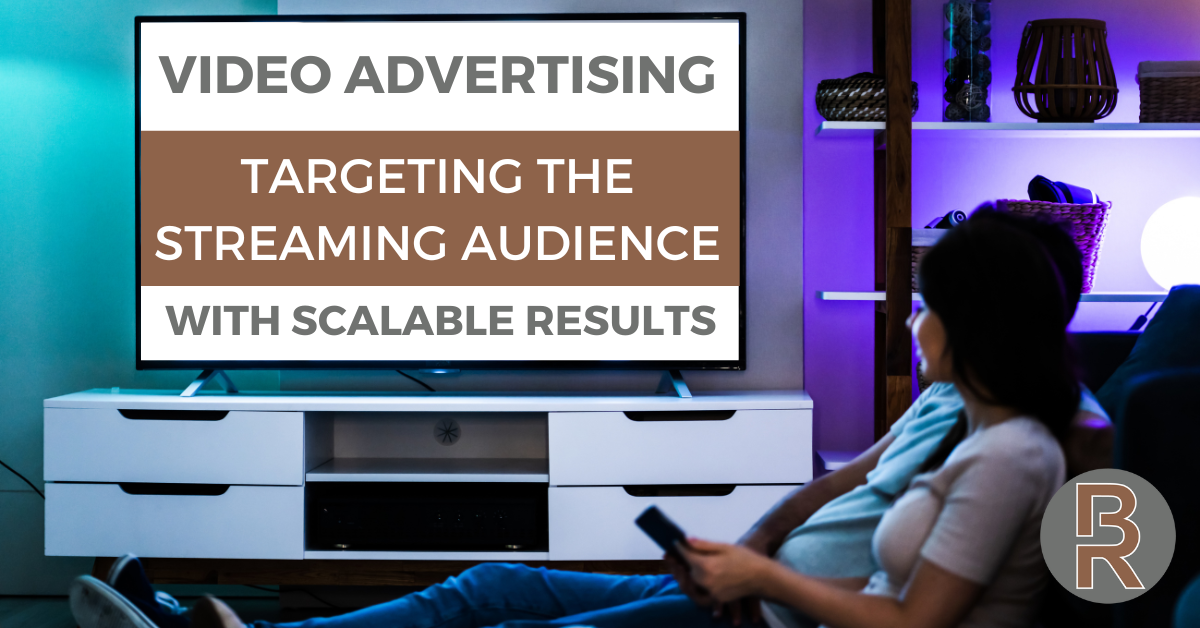
There are so many different streaming platforms available these days! They are like the online versions of traditional radio and television, and almost everything is